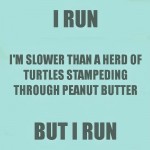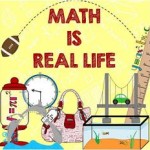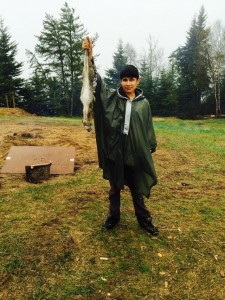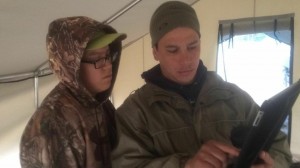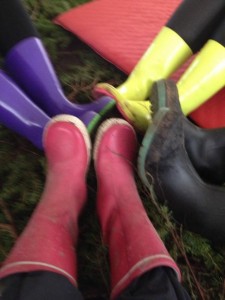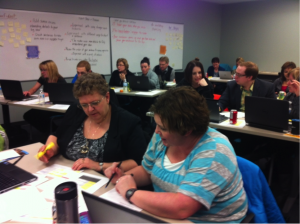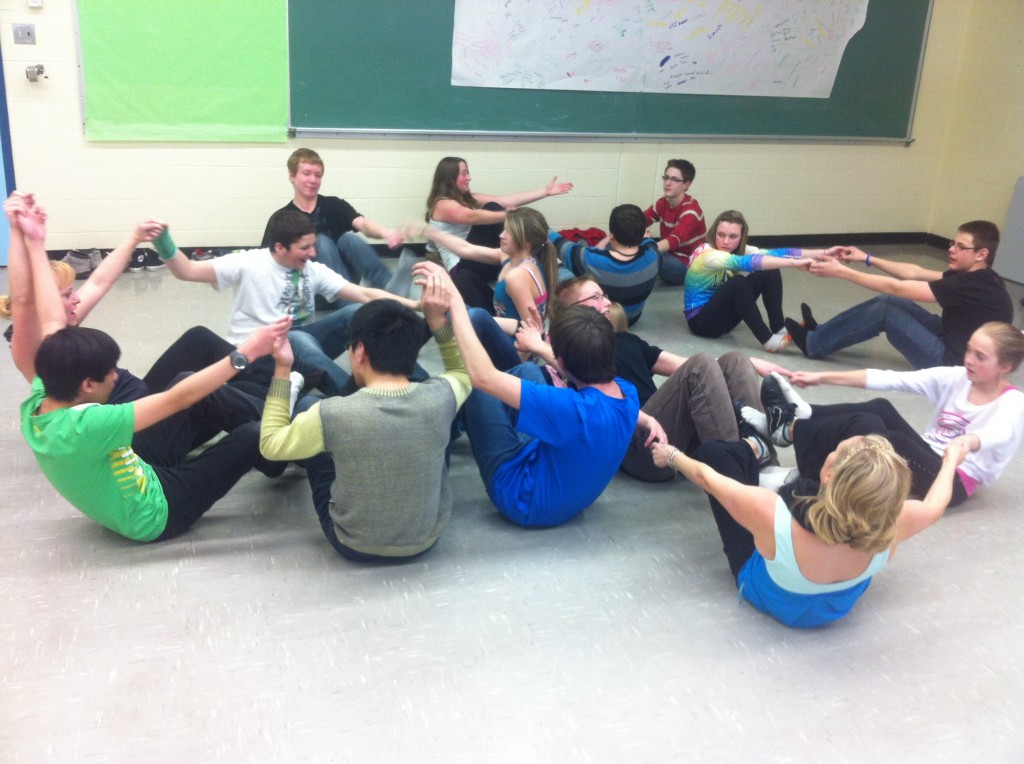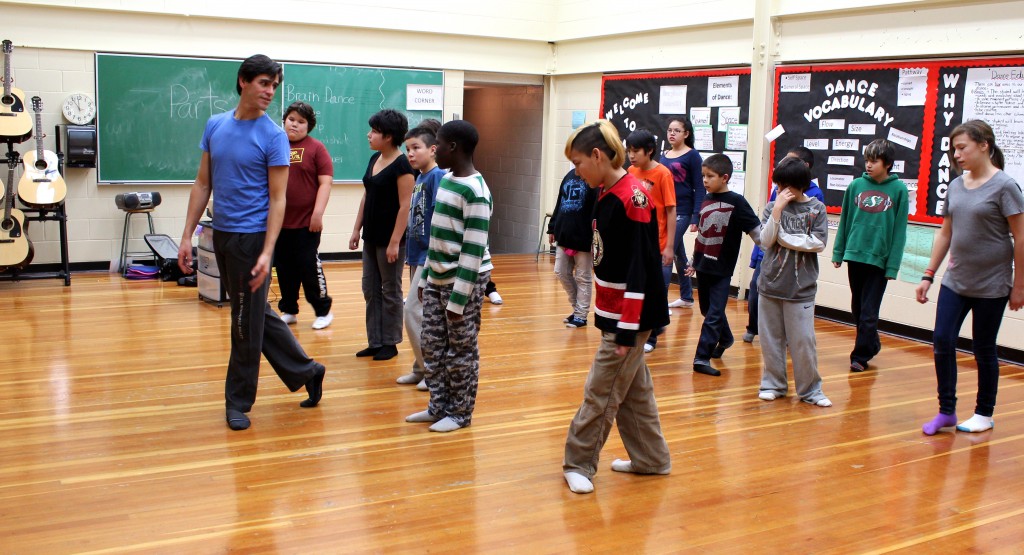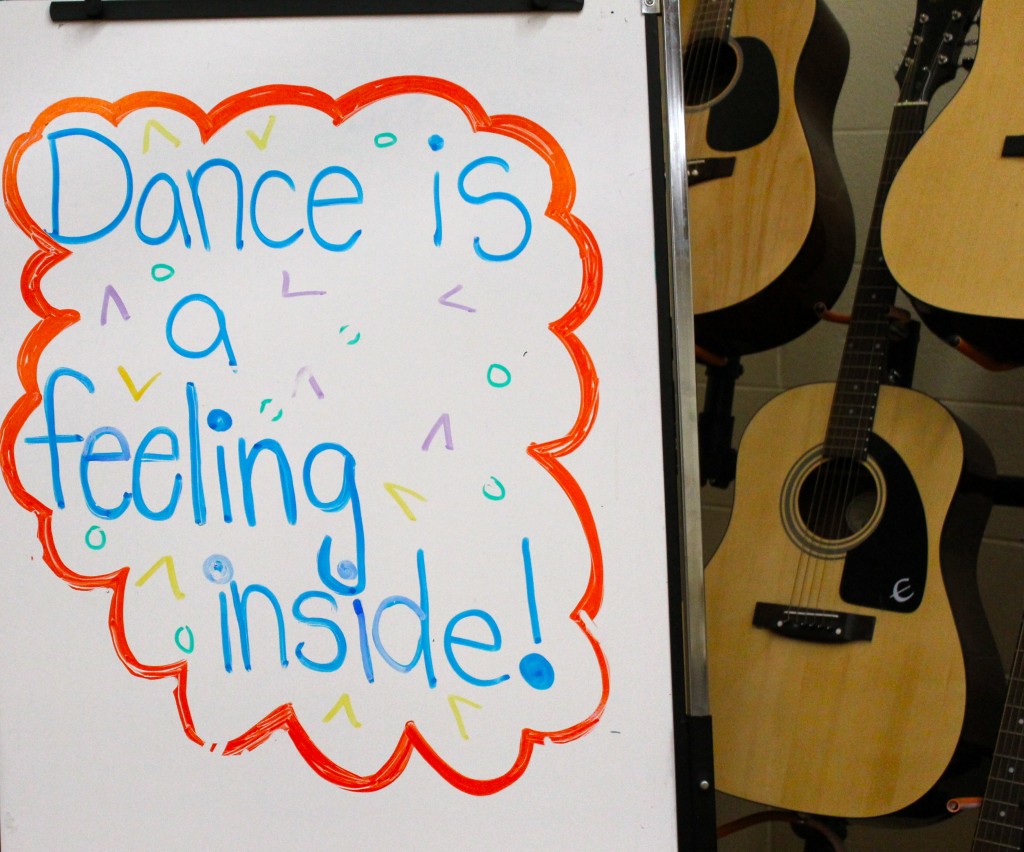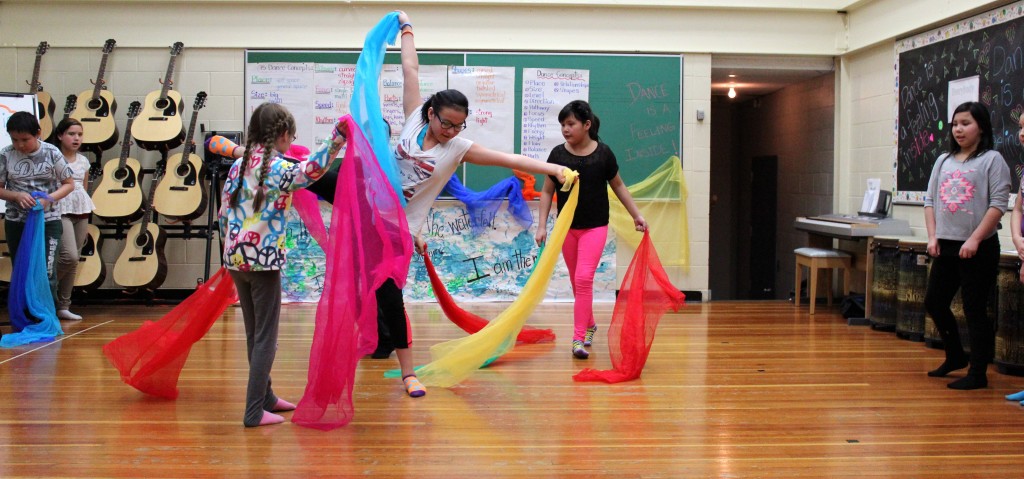Flexibility has different meanings in different contexts. As an adjective, flexible means that something is capable of bending easily without breaking (for example, a flexible hose) or something easily modified in response to circumstances or conditions (for example, a flexible timetable) or a person who is ready to change and adapt as necessary. Think about the flexibility of the muscles in your body and as people age, flexibility decreases but can be improved with exercise. When people do not increase flexibility through exercise, muscles can become rigid and inflexible. Flexibility is also used as a term in Math in that we want students to develop flexibility in their thinking so that they can use a variety of strategies and choose the best strategy from a repertoire to solve any given problem. Students who are only taught one way to solve a problem have a rigid way of thinking and are limited in their ability to solve problems. Although I am aware of a need for improvement, it has come to my attention that I need to develop more flexibility in my delivery of professional development as a facilitator/leader/presenter.
On November 24, 2014 we had an STF teacher-directed PD day. Our group of consultants invited Wendy James from Saskatoon Public to guide us through investigating our roles as consultants and how to implement change in the somewhat rigid area of education. She led us through a number of exercises in a thoughtful, intentional manner. At the end of the day we were to make a commitment to change something in our practice to improve our abilities to facilitate professional development and we agreed to report our experiences during upcoming PLC times. I have made a commitment to be more aware of being flexible and ironically, planning to be more flexible.
During my student teaching experience in a grade 2 classroom many years ago, I recall taking the spelling words (yes, grade 2 spelling words!) and lesson with me to the front of the class and I referred to the words and my notes frequently throughout the lesson. I did not/could not stray from the planned lesson or respond to the students if their questions or responses did not follow the lesson plan. I am pleased to report that my following lessons throughout my career were not so rigid but while I am learning and practicing, I don’t have the flexibility to “wing it”. Anytime I implement a new strategy or resource, I rely on that information in a physical form and I have to follow the plan as it is laid out. I now feel this way as a presenter /facilitator. I do not yet feel comfortable or competent to let the group lead the session and go with the flow. I feel like I need to have every minute planned to avoid those uncomfortable moments of “what am I going to do with these people for the next two hours?” – which is a regular nightmare the night before a presentation!
I decided to do some digging into flexible thinking to wrap my head around this commitment. In the December, 2008 issue of Educational Leadership there is an article called “Learning and Leading with Habits of Mind: 16 Essential Characteristics for Success”. I gleaned onto “Flexible people have the most control” and having control issues, this relaxed me a bit to recognize that in order to be flexible, I do have control. The article goes on to describe characteristics of flexible people in that they are able “to predict how others are thinking and anticipate potential misunderstanding”. When I plan my PD sessions, there is always a topic or a focus and I do anticipate where people are at as they enter the room (figuratively, of course). However, sometimes as we go through content, although I may recognize that we need to head in a different direction, the plan is in place, the powerpoint slides are prepared, and I plough through the plan whether I respond to the needs of the group or not.
As I consider the implications of being flexible, I realize that although planning is an important aspect to delivering PD, being flexible in the delivery is important too. But, I like to be in control. I realized this a number of years ago as I began to investigate differentiated instruction in response to student needs in the classroom. Many of the strategies presented scared me because I thought I would lose control of my students. And to be honest, as a teacher, it is necessary to be planned, prepared, and in control of all situations! Yet, when we take control away from our students, they are losing out in not being given an opportunity to struggle and/or to fail in a caring safe environment. Heaven forbid they won’t do things the way we want them to! But I learned through experience that learning is more authentic and meaningful when led by the learner and facilitated by the teacher in response to student needs. For some reason, though, things seem a little different for me when working with adults.
Wendy gave some good advice – she said have a plan A and a plan B which I think I can handle because I can anticipate a couple of scenarios and plan for each – still maintaining my need for control. Also, I need to take time to practice and improve. It is challenging for me to present in front of adults – kids seem to be more forgiving when you make mistakes and from day to day, I have more opportunity for do-overs which I don’t have when presenting to a unique group for one day. Pat Renihan was invited by the Administrators Council to facilitate the group through Change Leadership. He presented the process of Change, Competence and Development and at the moment I think I am Conciously Incompetent. I think my PD commitment is a do-able commitment for myself at this time and it is necessary to allow myself the opportunity to fail, make mistakes and feel uncomfortable while gaining experience and exercising my flexibility.

